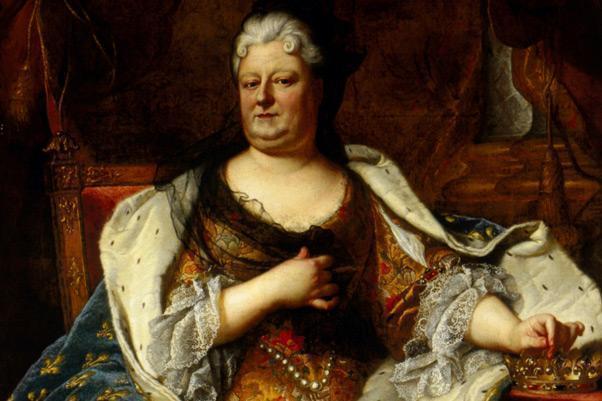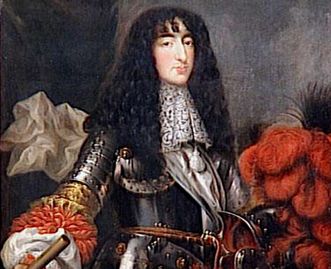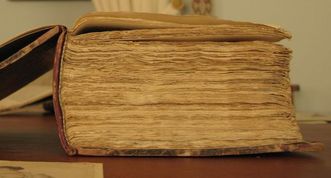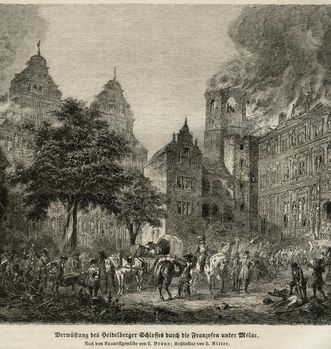Was the princess happy?
The young princess was married to Philippe of Orléans, brother of King Louis XIV of France, in 1671. This union was intended to protect the Electoral Palatinate from its neighboring state's attempts at expansion. The marriage was not a happy one, as Philippe was more interested in men than women. At the royal court, Liselotte was soon isolated as a result of discord between herself and Madame Maintenon, the king's mistress. However, she never returned to Heidelberg.






